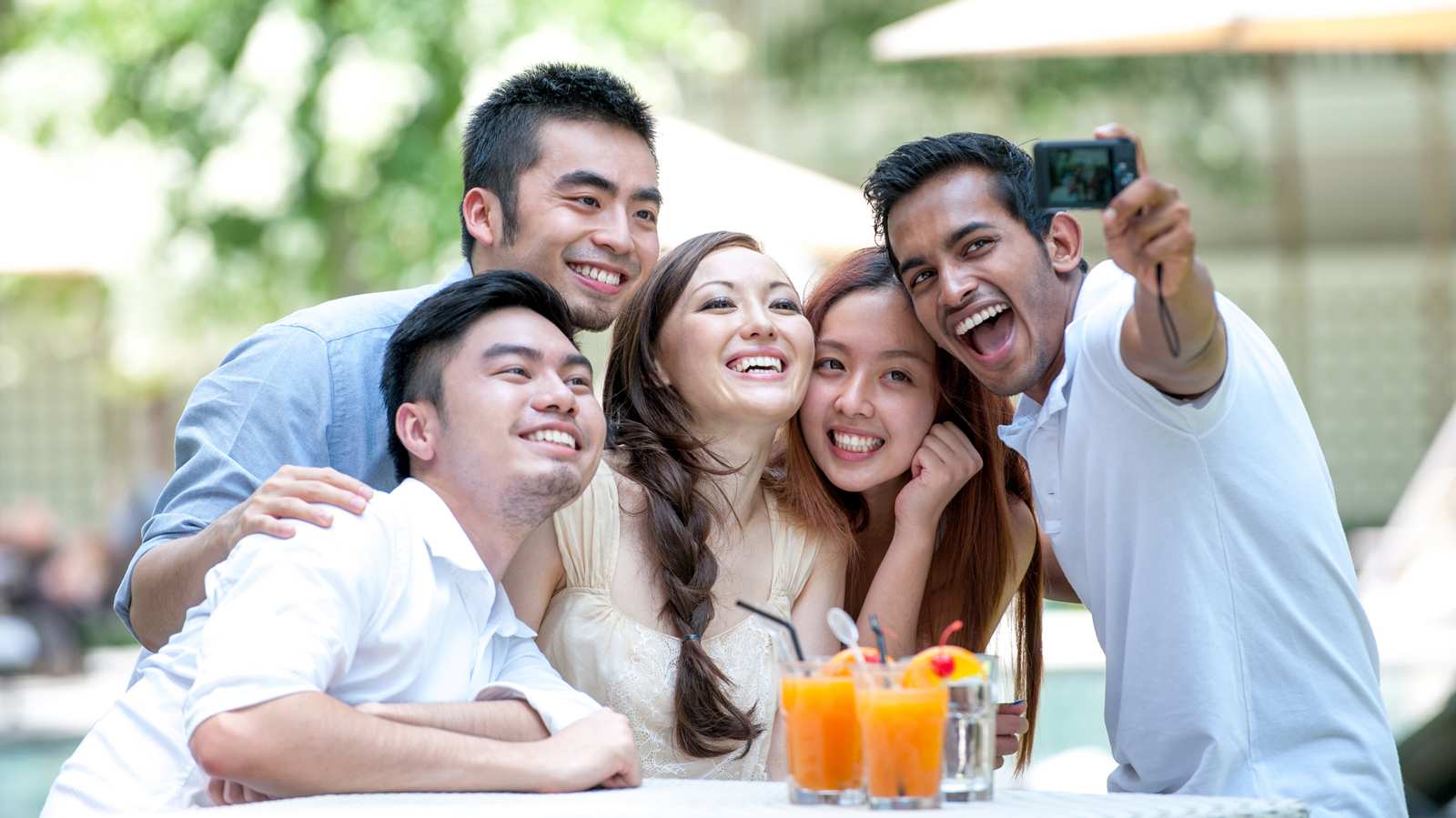I am an Indian minority in Singapore, but I did not grow up feeling like one.
I was educated at an international school, and now attend university in the US. When I was serving NS, I was appropriately named the “White Indian” – to differentiate myself from the three other Indian boys in my section. At times, I still find myself trying to hide an ang moh accent by speaking in a low murmur in public.
In other words, I did not have the typical minority experience (a.k.a casual racism) that most “brown” Singaporeans would have faced at some point in their lives. My circumstances and privilege shielded me from that.
So, when I came across a recent tweet by Madhu Thangamani, a 20-year-old fellow Indian Singaporean, who boldly expressed: “I’ve had enough of being treated like this in my own country”, it showed me a jarring contrast.
In her post, which has since received close to 11,000 retweets and 8,000 likes, Madhu shared her experience with a Chinese woman who had approached her to do a survey.
“I helped her out with it. At the end of it, she told me this: ‘You should buy those skin lightening creams, will be very good for you, my helper from the Philippines very dark, she used that one now she look very pretty’. And some of y’all tell me racism doesn’t exist here.”
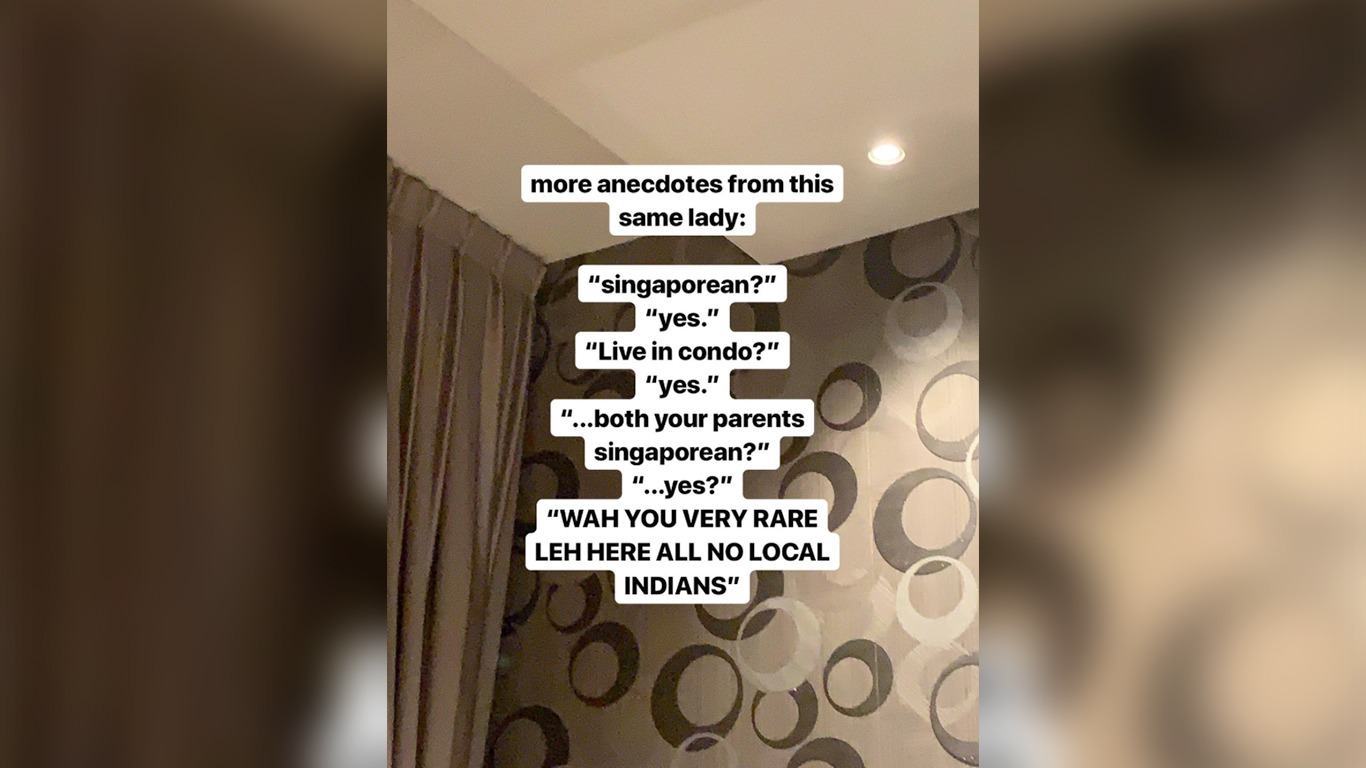
In her thread, Madhu also reposted stories shared by minority races in Singapore, of their own experiences with racism. One poster, who identifies as Malay, wrote about workplace racism.
“My previous boss is racist af. Everytime she deals with a Malay or Indian school admin, she will always say how bad the race is. Eg: lazy, stupid, annoying, don’t know how to do work and etc. In her company, she only hires Chinese because she said Malays are incompetent, lazy and Indians are smelly… Her racist behaviour is the reason I quit!”
Another poster spoke of feeling “abandoned” and “neglected” working in a company where she is one of two Malays. Explaining incidents where they were constantly ignored by their boss and isolated from colleagues who only spoke in Mandarin, the poster found solidarity in Madhu’s thread.
While many of the posts were from Malays and Indians, there were a fair number of Chinese Singaporeans who supported Madhu’s campaign for awareness, while acknowledging their privilege.
“As a Chinese Singaporean, I can’t even begin to imagine how maddening it is to be told you’re not enough…[if] you’re Malay/Indian/brown. I’ve had to be in multiple jobs for awhile where they had refused to hire or interact with brown people…” wrote one poster.
“Chinese Singaporeans need to step up and call this stuff out when you hear it in public or private, and validate our minority friends’ experiences,” added another Singaporean-Chinese poster.
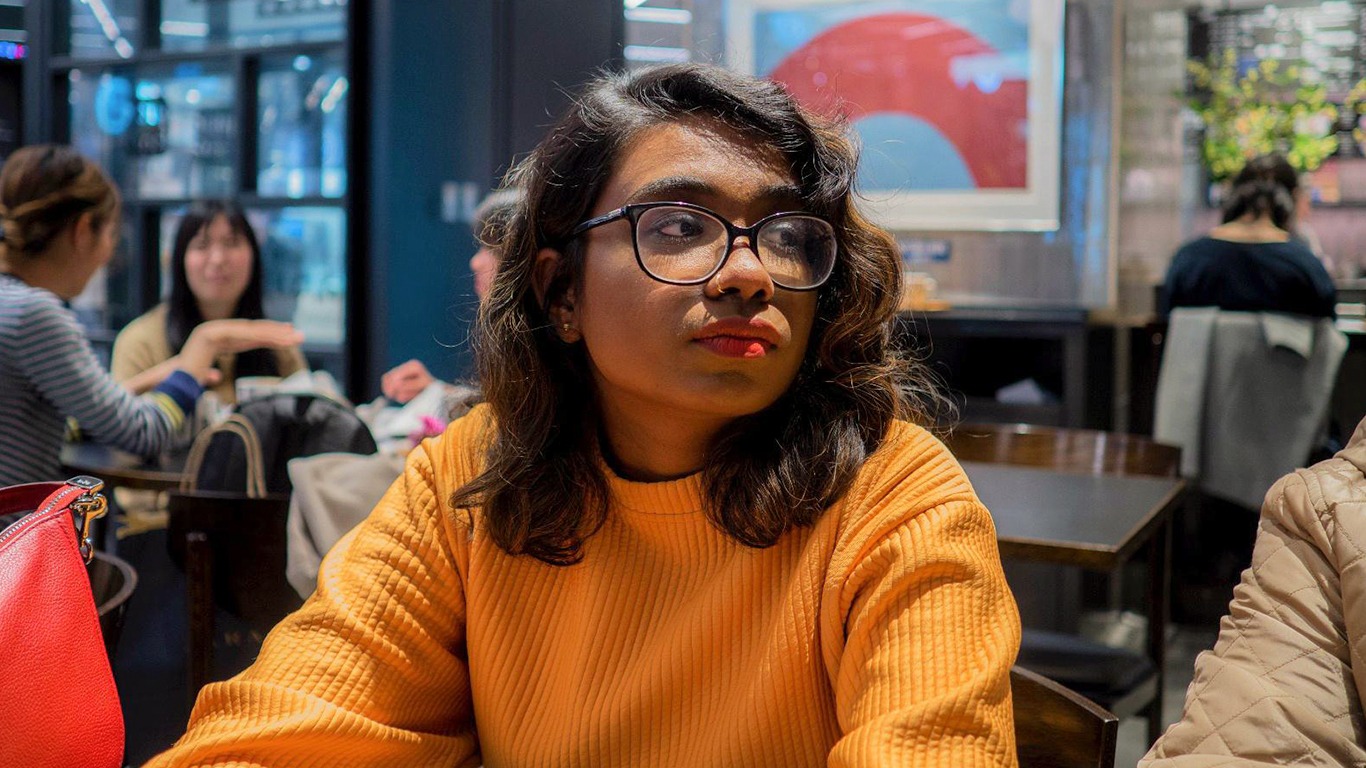
It is clear from such accounts that racism is more than just playground politics. And though it will not change overnight, it is the social responsibility of those who are in positions of privilege to uplift those who are not afforded the same.
When I sat down for a chat with Madhu, she is humbled by the overwhelmingly positive reaction, but remains steadfast in her desire for change. After facing racism, she believes that Singapore’s idea of “racial harmony” is merely a blanket over a bullet wound.
“Why is it that I’m a fourth generation Indian, and yet, I feel like I don’t have a place in this country sometimes?” she pondered.
“In my opinion, people have always viewed Indians as outsiders. My great-great grandparents came here on a British ship to work, my grandparents voted in the generation that elected Lee Kwan Yew. My great-grandmother has lived through the Japanese Occupation in Singapore, and that’s still not Singaporean enough?”
The fact of the matter is, talking about race isn’t divisive, it’s necessary.
Confronting one’s privilege can be uncomfortable, prickly and exposing. But it’s a step closer to our breaking down the barricades that divide us. Denying that racism exists doesn’t make it go away, it only deepens its place in society.
What Madhu, and countless others have done, is open up a space for dialogue about race in Singapore.
And even though I was protected to a large extent, I found myself able to empathise with Madhu – by virtue of being “brown” in a world where we are still a minority.
Other stories you might like
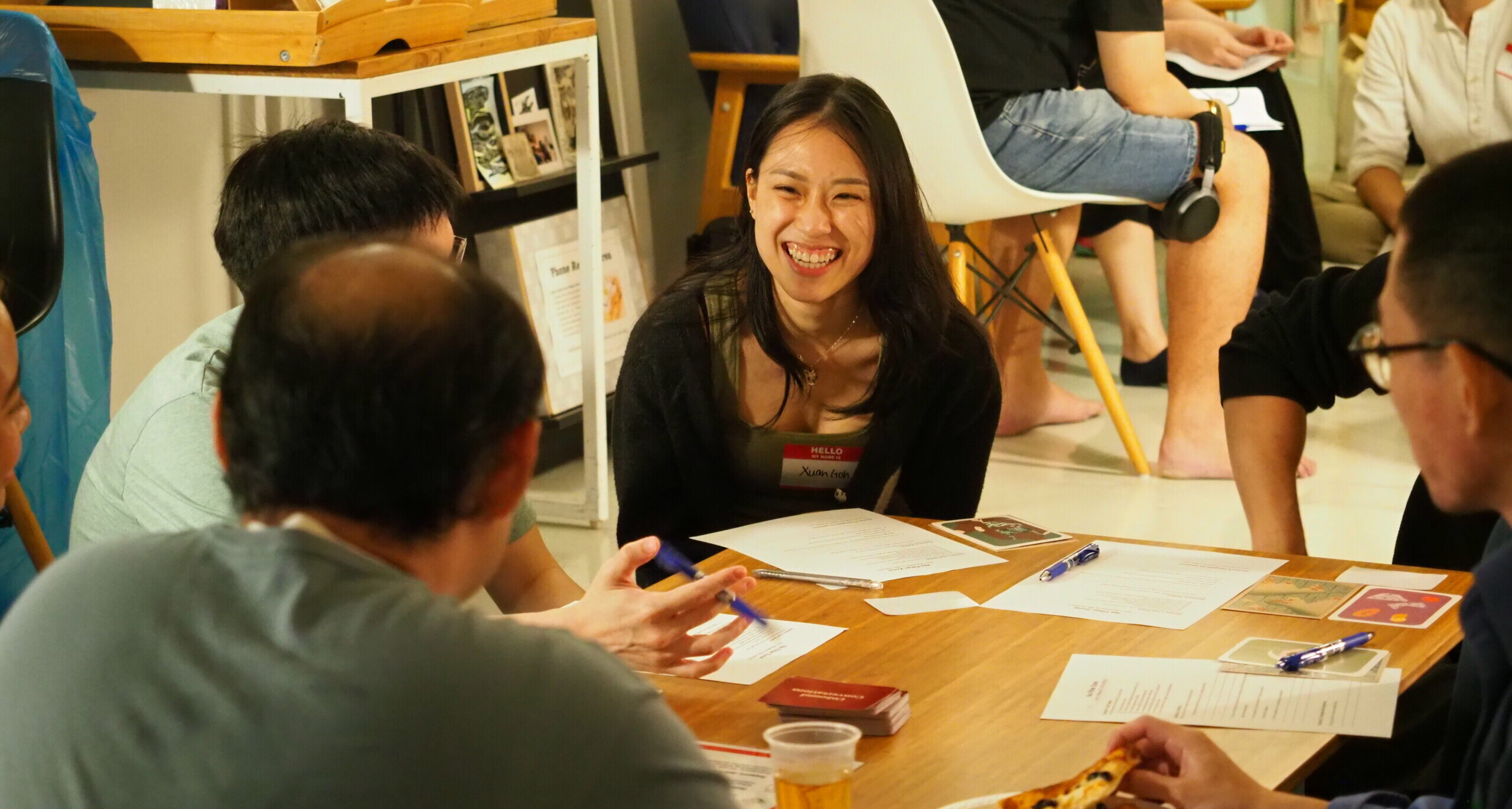
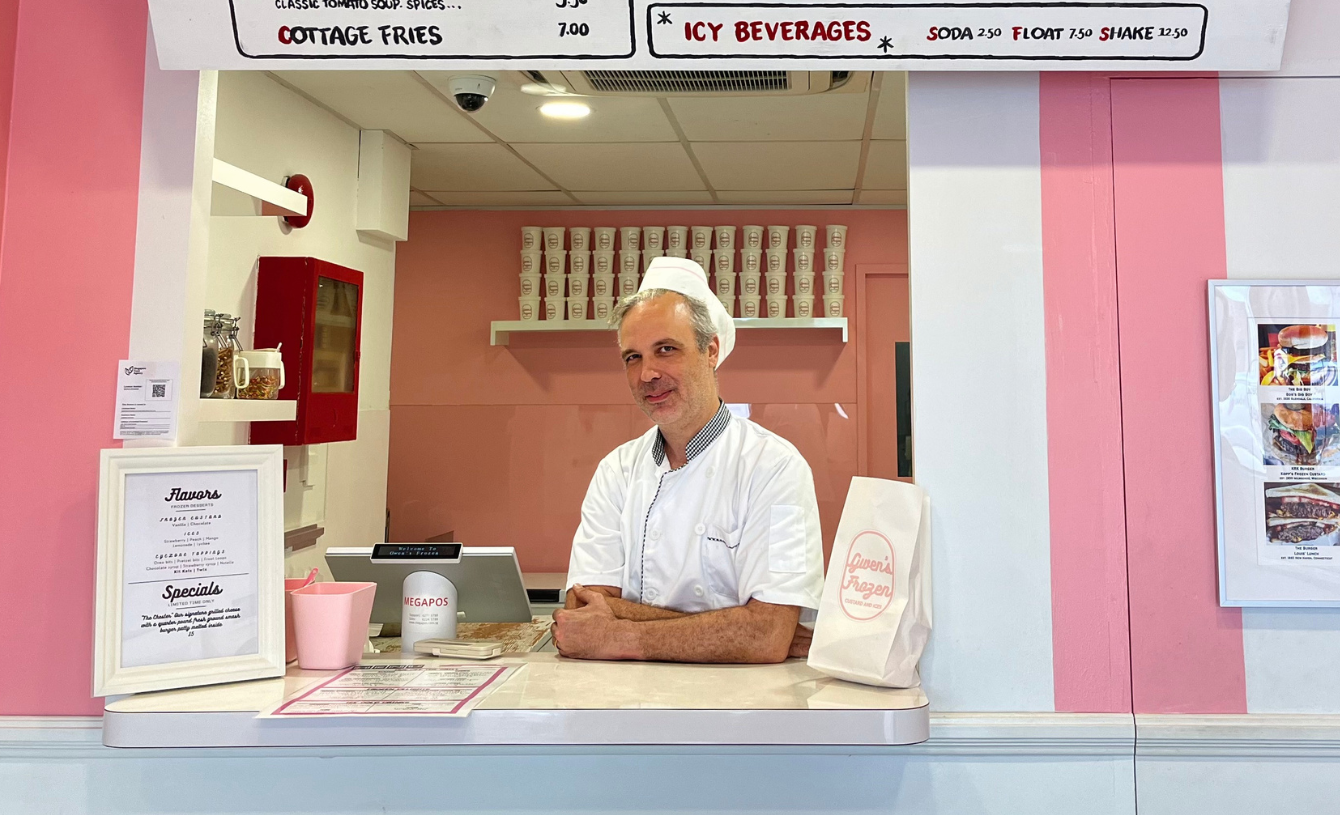
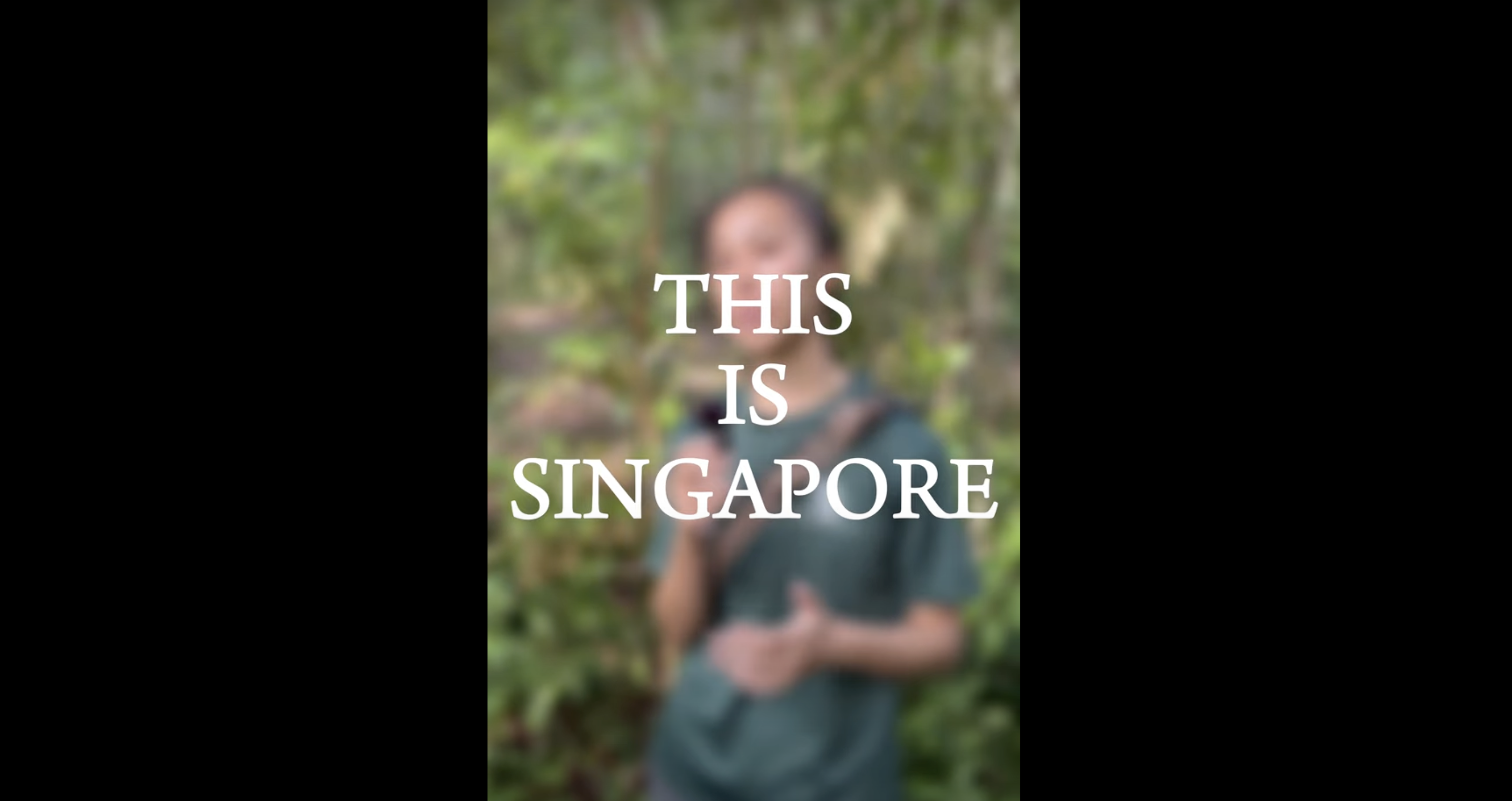
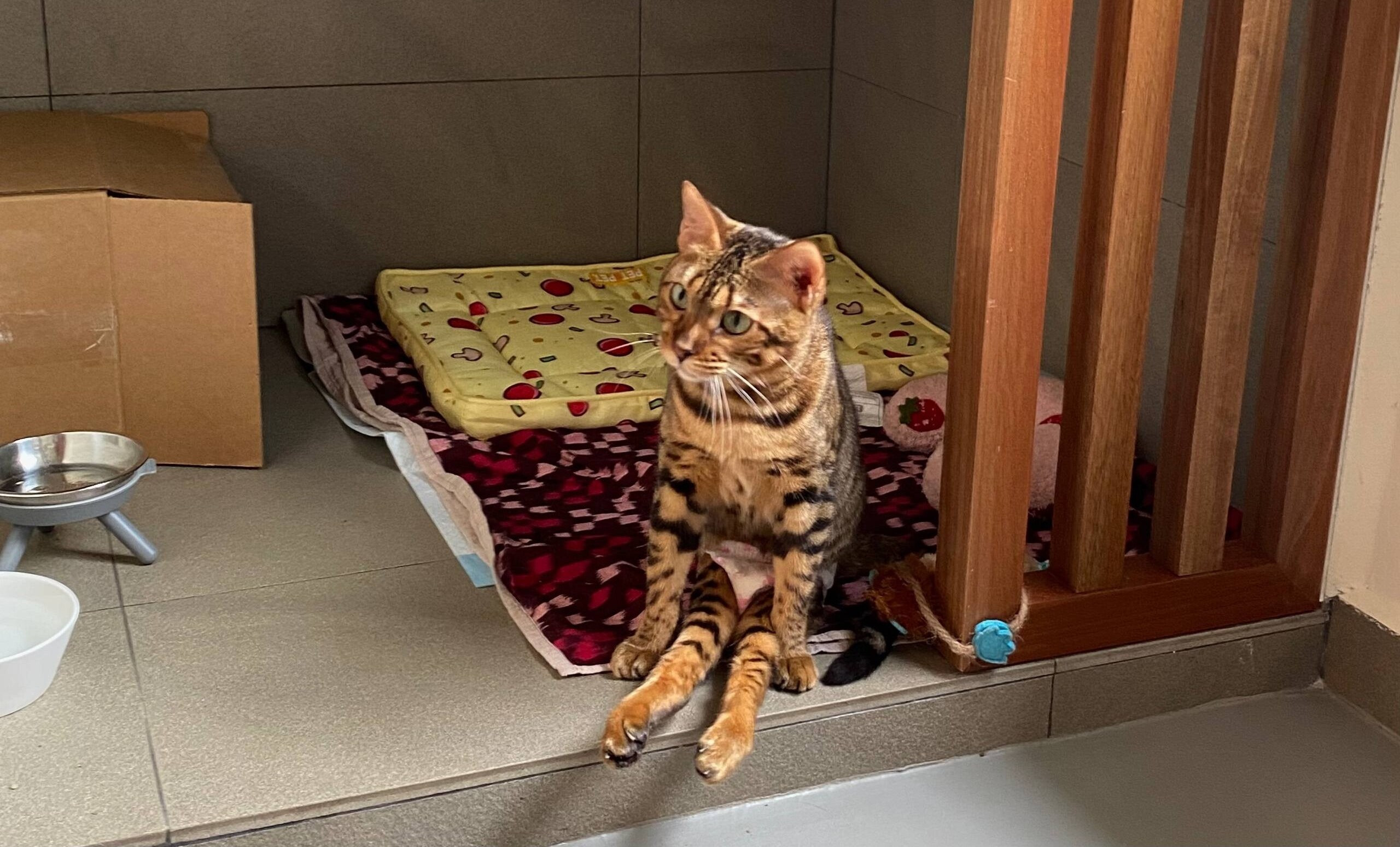
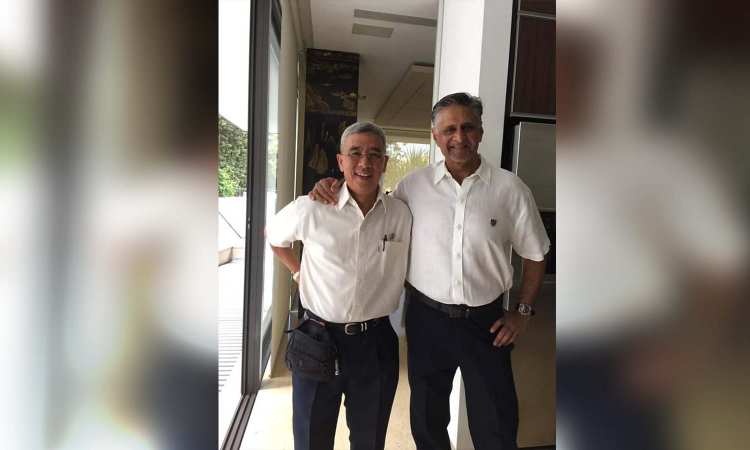
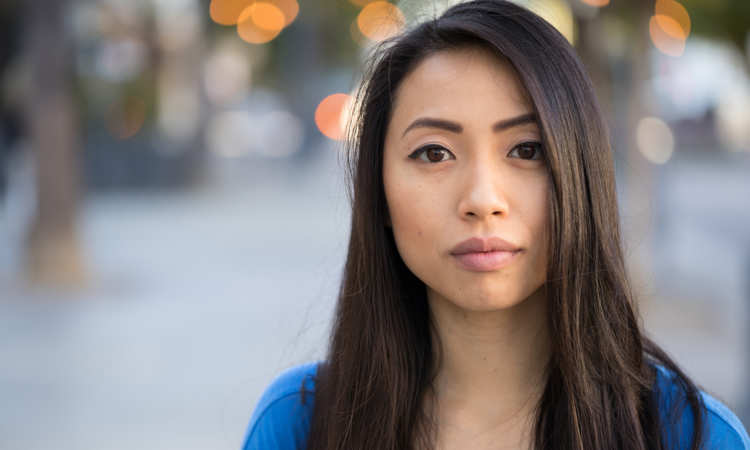
On the first day at my primary international school, my teacher spoke to the class about the importance of difference, that difference is what brought us together. Looking around my classroom at an array of kids from Japan, Egypt, Indonesia, Denmark, Pakistan and America sitting amongst each other, I believed that, too.
Weeks later, I was at a table with two American kids. We had finished a lesson, and I asked them if we could all get lunch together. They looked at me momentarily and then to each other. “You can’t hang out with us, your skin is too dark” was the verdict.
Even in an international school, which promotes cultural diversity, racism is carried out both overtly and saliently. As for myself, I take accountability, too, for being willfully ignorant to the world around me, until I entered NS.
As I chatted on with Madhu and we shared our different encounters with racism, we came to a common ground: Make no mistake – racism is still alive and well, impacting every community in Singapore.
In my school, I had noticed a distinct racial hierarchy: the majority of administrators and teaching staff were white, while custodial, administrative and assistant staff were predominantly local Malays and Indians.
To this day, I have international-school friends who have yet to set foot in a food court, take public transport, or make friends with a local – living comfortably without knowing about issues that people like Madhu face.
I often hear comments that expressed disdain towards “the locals”, while the bearers of these comments relied on local labourers, custodians, security guards, teaching assistants, for their well-being.

It made me wonder: How “cultured” are we if we live in a world that is so separate from our surroundings?
Towards the end of our conversation, Madhu is adamant that change needs to start from the top. But perhaps most harrowingly, she recalled a family anecdote during Sook Ching – an “ethnic purge” of the Chinese-Singaporean population employed by Japanese soldiers in the occupation of Singapore.
“In World War II, when the Japanese soldiers came for a Chinese family next door to my great-great grandparents’ house, my family actually took them in. They got charcoal and rubbed it on the skin of the Chinese neighbours so that they’d look ‘Indian’ and made them lie down in the back of the house. When the Japanese soldiers came in, my family told them that their neighbours were their children, in order to save their lives. How come we’re still seen as a lesser race?”
She was referring poignantly to a time when racial harmony was a means of survival. Today, much has changed, as evident from our annual observance of Racial Harmony Day on Jul 21 – now an occasion to celebrate our diversity.
But amidst our progress, minority races are still affected across every single community in Singapore.
Through her experiences, Madhu has helped create an online enclave of hope, particularly amongst young “brown” women, who are finally being heard.
We ended our discussion with our hopes for racial harmony in Singapore for the future.
“It’s really about equality. Let’s come together, avoid bitterness, and avoid division,” she said.
Indeed, so let’s talk – and not just on Racial Harmony Day.
